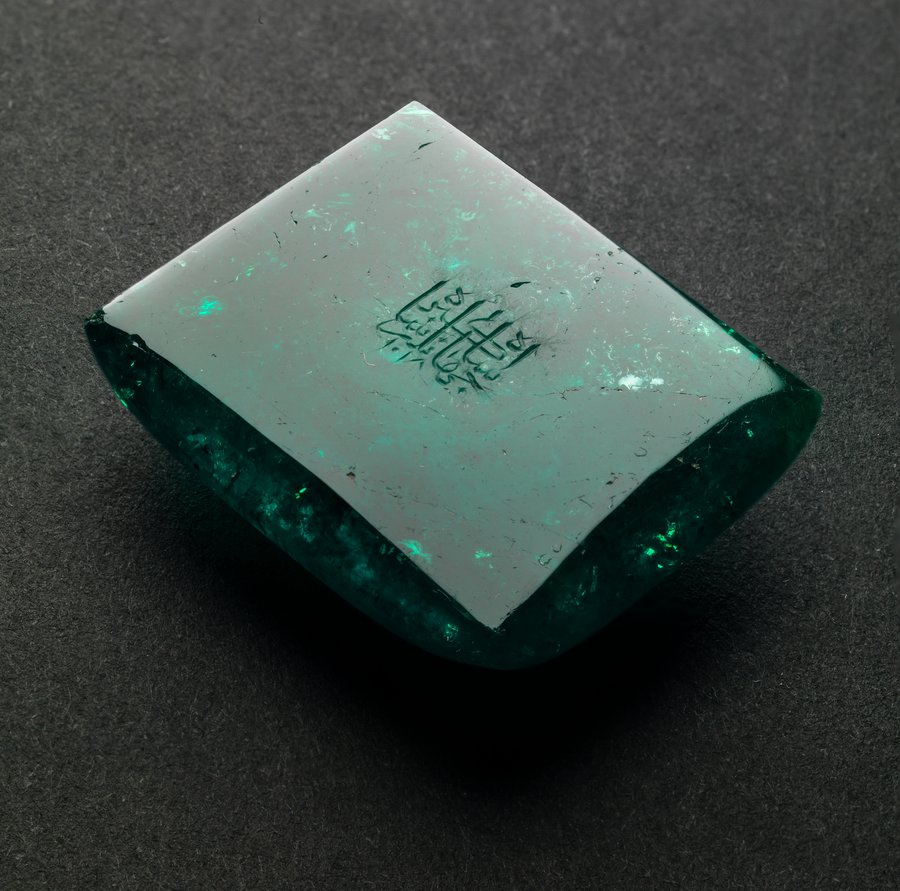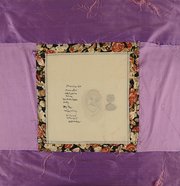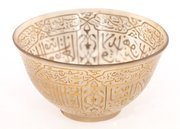
Emerald
Museum of Islamic Art
- Title:
- Emerald
- Production place:
- India
- Date:
- 1609 - 1610
- Period:
- Mughal
- Title:
- Emerald
- Production place:
- India
- Date:
- 1609 - 1610
- Period:
- Mughal
- Material:
- Emerald
- Technique:
- Cutting, Engraving
- Dimensions:
- 2.8 × 3.4
This magnificent, rectangular-cut emerald bears the inscription “Jahangir Shah-i Akbar Shah” and the year 1018 AH (1609-1610 CE) in its centre, and is the only known inscribed and dated Mughal emerald from the reign of the Emperor Jahangir (r. 1014-1037 AH/1605-1627 CE). Usually adorned with Qur'anic verses, mystical sayings, or pious formulas, emeralds – unlike spinels, which were often inscribed with royal titles – were rarely engraved with the names of their sovereigns. The tradition of inscribing stones with royal titles was inherited by the Mughals from their ancestors, the Timurids, and dates back to the 8th century AH/14th century CE. Believed to possess various healing powers, emeralds were often worn to repel illnesses and evil spirits. While historically emeralds were found in Egypt, and to a lesser extent, northern Pakistan, deep green emeralds such as this were mined in Colombia and were adopted into the Mughal courts following the expansion of trading networks with Europeans in the 10th century AH/16th century CE.



